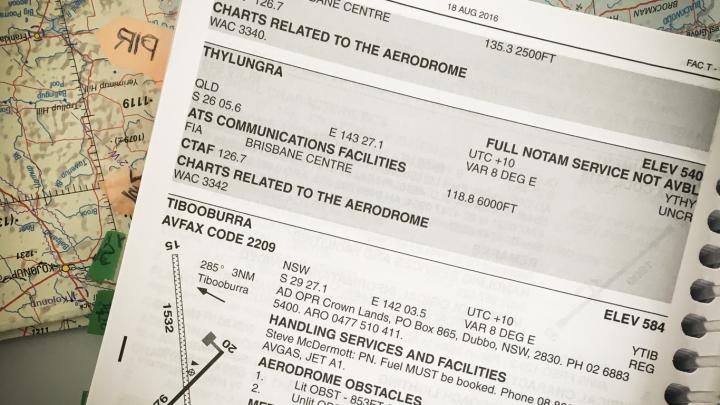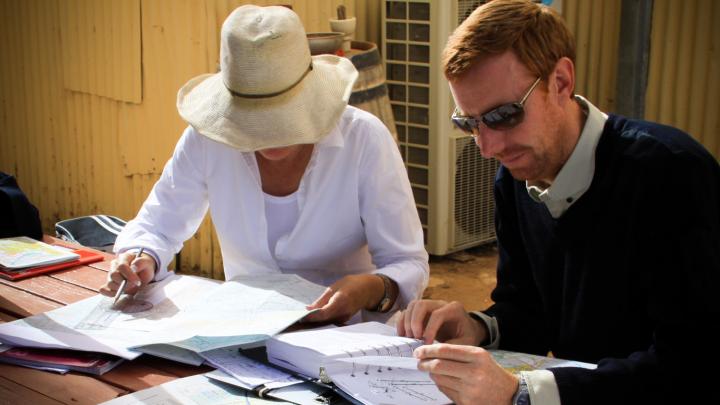Weight and balance sheet
Taking the time to complete an accurate Weight and Balance sheet can mean the difference of a successful or failed flight.
Never be shy to ask your passengers their weight. Explain to them the reasons why you need to know their accurate weight. Passengers will rarely lie once you explain the reasons.
Remember to also explain maximum luggage of 7 kgs is the total. This means the total needs to include additional luggage such as coats, backpacks, and their kilo of snacks.
Passenger expectations and itinerary
As pilot in command, you have an absolute right and legal responsibility to take necessary measures to ensure a safe flight.
Talk to your passengers about the itinerary and set expectations with passengers early on. Explain to them that during the flight there may be changes to timings, routes, and whether it’s safe to take-off.
This makes in-flight decisions easy, timely and rational.
Preflight ERSA
Dress rehearsal
It’s normal to feel a little apprehensive about that first day’s flying especially if you haven’t planned a long flight for some time.
The best preparation can include a dress rehearsal while sitting at your desk. Gather the first couple of maps and go through the planned flight, step by step.
During a dress rehearsal you can also:
- review your start-up and taxi procedures, run-up considerations and departure from the circuit
- think about any exchanges with ATC you'll need
- rehearse out aloud every radio call you think you’ll need (if you get it wrong, say it again until you get it right).
Another good tip is to practice radio calls in the car on your way to the aerodrome.
Planning for weather
Think about what you're going to do if the weather turns within the first half hour of take-off.
What’s your Plan B? Fly over lower terrain or away from the bad weather?
You should always consider delaying or cancelling the flight if you find yourself in these circumstances.
Don't fall into the trap of 'get-there-itis'. Many pilots agree that you make fewer rational decisions concerning weather during the halfway point in the journey. The urge to reach your destination can sway you towards ill-fated decisions.
Closer to departure, and with your personal checklist taken care of, it’s now time to cover all bases with a pre-flight briefing.
CASA and Airservices Australia have resources that can guide you through preparing for your flight.
Pre-flight planning
En-route Supplement Australia (ERSA)
In the weeks leading up to your safari, take some time to read through these useful sections in ERSA:
- ERSA INTRO (section 4 – aerodrome information) Includes advice on the NOTAM service.
- ERSA GEN-PF (entire chapter) goes into detail on contact numbers, NAIPS access, and Specific Pre-flight Information Briefing (SPFIB) AVFAX. It also includes Airspace Group codes and the Automated Meteorological Telephone Briefing Service (METBRIEF).
- ERSA GEN – FIS (flight Information services) provides info on AERIS frequencies, ATS In-flight information service. It also includes cancellation of SARWATCH and SARTIME, HF frequencies, designated remote areas and UAV testing.



